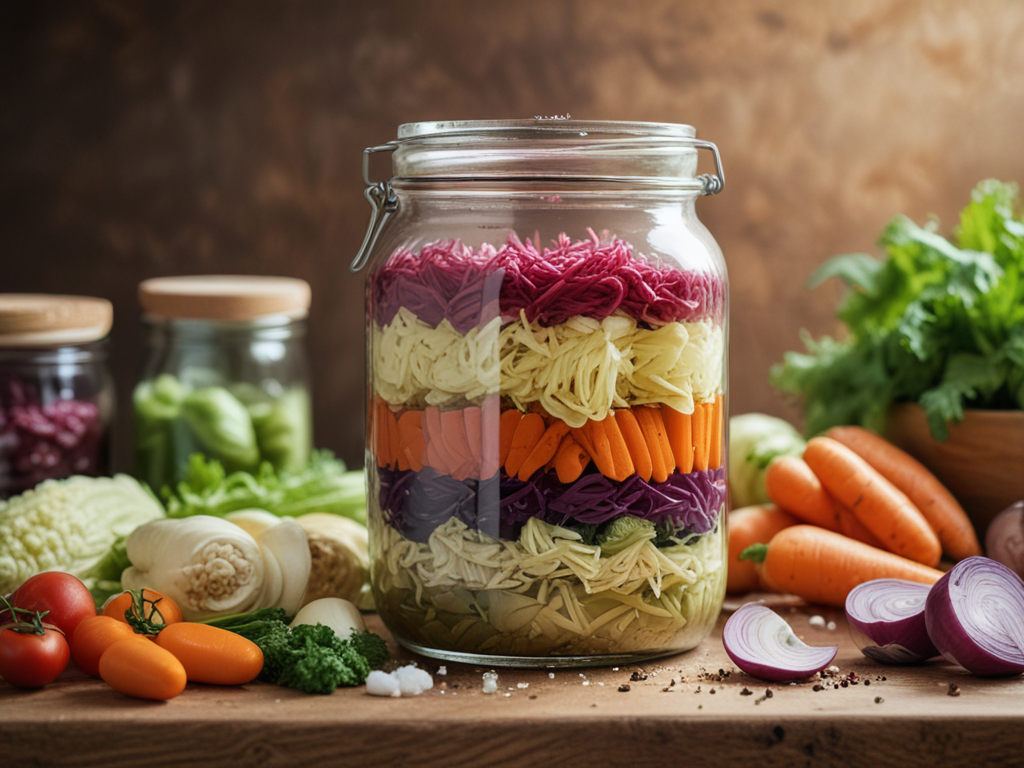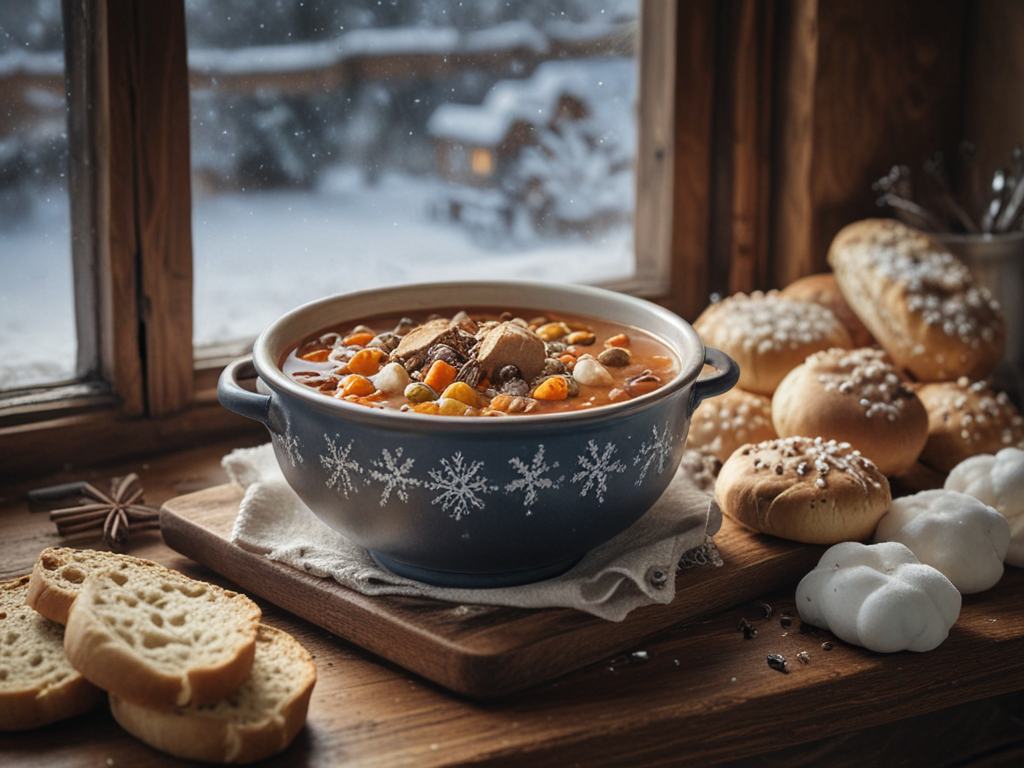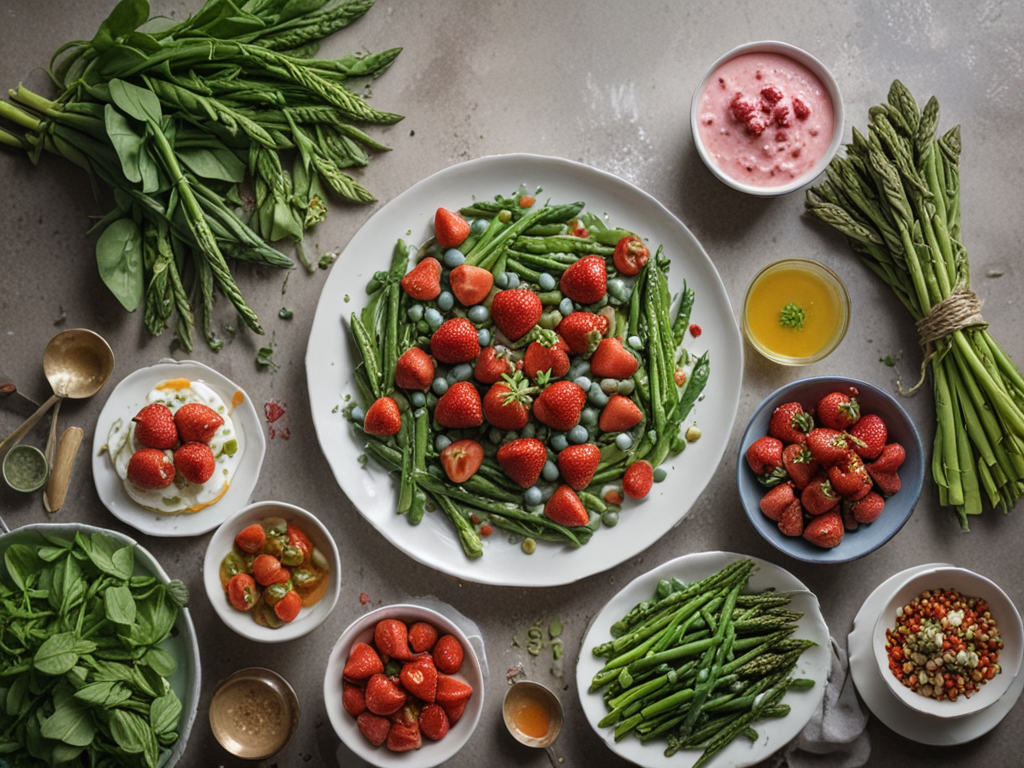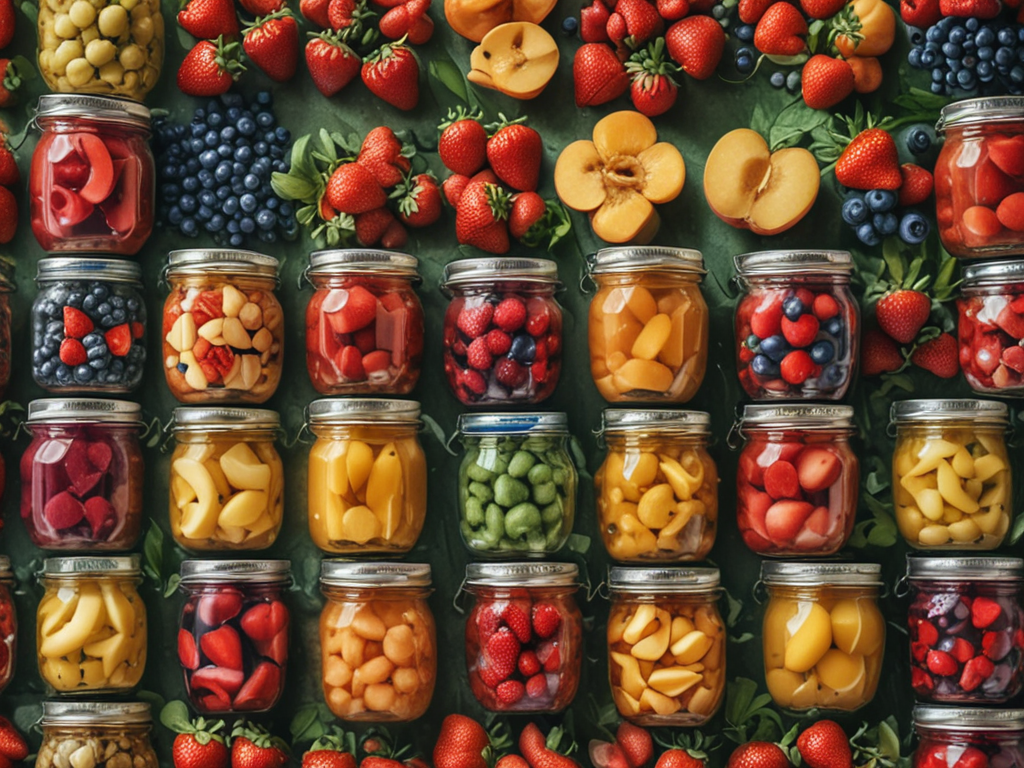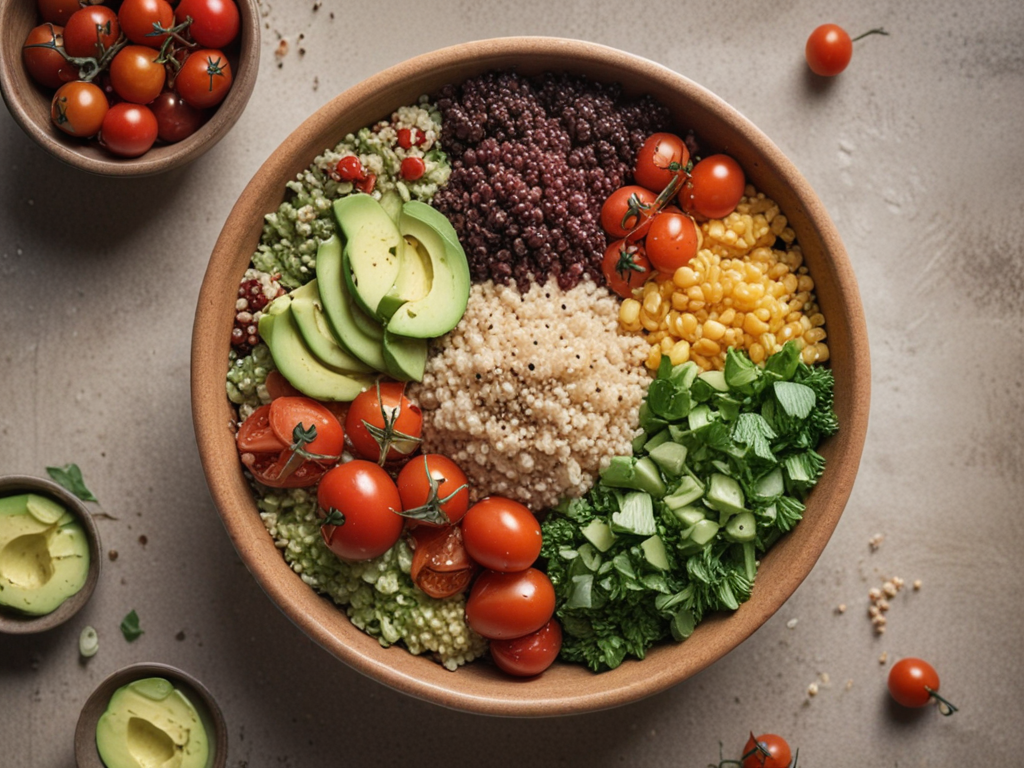
Embarking on a journey through the history of quinoa, we uncover a fascinating narrative of a humble grain that has risen to the status of a superfood. From its ancient origins in the Andes to its modern presence on grocery store shelves, the journey of quinoa is a proof of its remarkable adaptability and nutritional prowess. But what makes this pseudocereal so exceptional, and how has it managed to capture the attention of health-conscious consumers worldwide? Join me as we explore the multifaceted journey of quinoa from its cultivation to its current global popularity.
Origins of Quinoa
Quinoa, a nutritious grain crop, originates from the Andean region of South America. This ancient grain has been a staple in Andean diets for thousands of years, revered for its exceptional nutritional value and versatility. Cultivated in the high altitudes of the Andes, quinoa thrives in harsh conditions where other crops struggle to grow. Its resilience and adaptability have made it a crucial source of sustenance for indigenous peoples in the region.
The cultivation of quinoa dates back to ancient civilizations like the Incas, who considered it a sacred crop. They believed that quinoa provided strength and endurance to warriors and considered it a gift from the gods. The Incas honored quinoa during ceremonies and festivals, highlighting its importance in their culture.
Today, quinoa has gained widespread popularity for its health benefits and unique taste. As a gluten-free whole grain, it is rich in protein, fiber, and essential nutrients, making it a significant addition to modern diets. The journey of quinoa from an Andean staple to a global superfood showcases its remarkable evolution and enduring significance.
Nutritional Benefits
With its rich history rooted in ancient civilizations like the Incas, the nutritional benefits of quinoa have propelled it into the spotlight as a modern superfood. Quinoa is a protein powerhouse, making it an excellent option for vegetarians and vegans looking to increase their protein intake. Additionally, it is antioxidant-rich, providing protection against harmful free radicals in the body.
- Quinoa is a fiber source, aiding digestion and promoting gut health.
- It is also vitamin-packed, containing essential nutrients like iron, magnesium, and B-vitamins.
- The combination of protein, antioxidants, fiber, and vitamins makes quinoa a well-rounded superfood that can contribute to overall health and well-being.
- Incorporating quinoa into your diet can be a simple way to boost your nutrient intake and add variety to your meals, all while enjoying its delicious taste and versatility.
Cultivation and Harvesting
Cultivating and harvesting quinoa involves meticulous attention to environmental conditions and timing to guarantee growth and yield. Quinoa thrives in well-drained soils with good fertility, preferring sandy loam or sandy soils with a slightly acidic to neutral pH level. Soil fertility is essential for robust plant development, so organic matter and appropriate nutrients must be present in the soil before planting.
When it comes to harvesting techniques, timing is critical to assure best yield and quality. Quinoa is typically ready for harvest about 90 to 120 days after sowing, depending on the variety and growing conditions. The seeds should be harvested when they have changed color and the plant begins to dry out.
Harvesting quinoa involves cutting the plant near the base and then collecting the seed heads. These seed heads are then threshed to remove the seeds from the chaff. Finally, the seeds are washed to remove saponins, which are natural compounds that can impart a bitter taste if not removed. Proper cultivation and harvesting practices are essential to guarantee a successful quinoa crop.
Culinary Versatility
One can explore a myriad of culinary possibilities with quinoa due to its exceptional versatility in various dishes and cuisines. Quinoa’s adaptability makes it a fantastic ingredient to experiment with in the kitchen. Here are some ways to harness the full potential of quinoa:
- Quinoa Recipes: Incorporate quinoa into salads, soups, burgers, and even breakfast bowls for a nutritious boost.
- Flavor Pairings: Pair quinoa with ingredients like roasted vegetables, herbs, citrus fruits, and nuts to enhance its taste and texture.
- Cooking Techniques: Explore cooking quinoa in different methods such as boiling, steaming, or even toasting to bring out unique flavors.
- Meal Ideas: Use quinoa as a base for Buddha bowls, stuffed peppers, or as a side dish to complement a variety of main courses.
Global Popularity
The increasing global popularity of quinoa has propelled it to the forefront of contemporary culinary trends, enchanting the palates of individuals worldwide. This ancient grain, once a staple in the Andean region, has now become a beloved ingredient in diverse cuisines globally. Its surge in popularity can be attributed to its exceptional nutritional profile, boasting high levels of protein, fiber, and essential nutrients. Quinoa’s versatility in both savory and sweet dishes has further contributed to its widespread appeal, appealing to health-conscious consumers seeking nutritious alternatives.
As a superfood, quinoa has garnered attention for its numerous health benefits, including aiding weight management, promoting heart health, and providing essential minerals like iron and magnesium. Its gluten-free nature has also made it a favorite among those with dietary restrictions. The rise of plant-based diets has further propelled quinoa into the spotlight, as it serves as an excellent source of plant protein. In today’s culinary landscape, quinoa stands as a versatile and nutritious ingredient, reflecting the evolving preferences of modern consumers.
Sustainable Superfood
As we explore the concept of a sustainable superfood, it is important to highlight the importance of eco-friendly farming practices. These methods not only safeguard the health of the environment but also contribute to the overall well-being of communities. Additionally, ethical sourcing methods play a significant role in promoting fair trade and supporting the livelihoods of those involved in the production chain.
Eco-Friendly Farming Practices
Implementing eco-friendly farming practices in the cultivation of quinoa greatly enhances its sustainability and nutritional value. Sustainable agriculture and organic farming methods play a vital role in preserving the environment and ensuring the health of consumers. To achieve this, farmers can:
- Utilize natural fertilizers like compost to enrich the soil without harmful chemicals
- Implement crop rotation techniques to maintain soil fertility and reduce pest infestations
- Practice water conservation methods such as drip irrigation to minimize water usage
- Employ integrated pest management strategies to control pests without relying on synthetic pesticides
Ethical Sourcing Methods
Utilizing ethical sourcing methods is imperative in maintaining the sustainability and integrity of quinoa as a superfood. The principles of fair trade and social responsibility play an essential role in ensuring that quinoa production benefits both the environment and the communities involved in its cultivation. By adhering to fair trade practices, farmers are guaranteed fair compensation for their labor, fostering economic stability and social development in quinoa-growing regions. Additionally, embracing social responsibility initiatives ensures that the production process respects human rights, promotes community well-being, and upholds ethical standards. These ethical sourcing methods not only contribute to the preservation of quinoa’s nutritional quality but also support the livelihoods of those dedicated to cultivating this remarkable superfood.
Reduced Environmental Impact
Embracing sustainable practices is essential in minimizing the environmental impact of quinoa production, guaranteeing long-term viability as a superfood. Implementing sustainable agriculture techniques not only preserves the ecosystem but also supports the communities that rely on quinoa cultivation. To enhance climate resilience and reduce environmental footprint, key strategies include:
- Diversifying crop rotation to improve soil health.
- Utilizing water-efficient irrigation methods to conserve water resources.
- Promoting agroforestry practices to enhance biodiversity and sequester carbon.
- Supporting local farmers through fair trade initiatives to guarantee economic stability.


